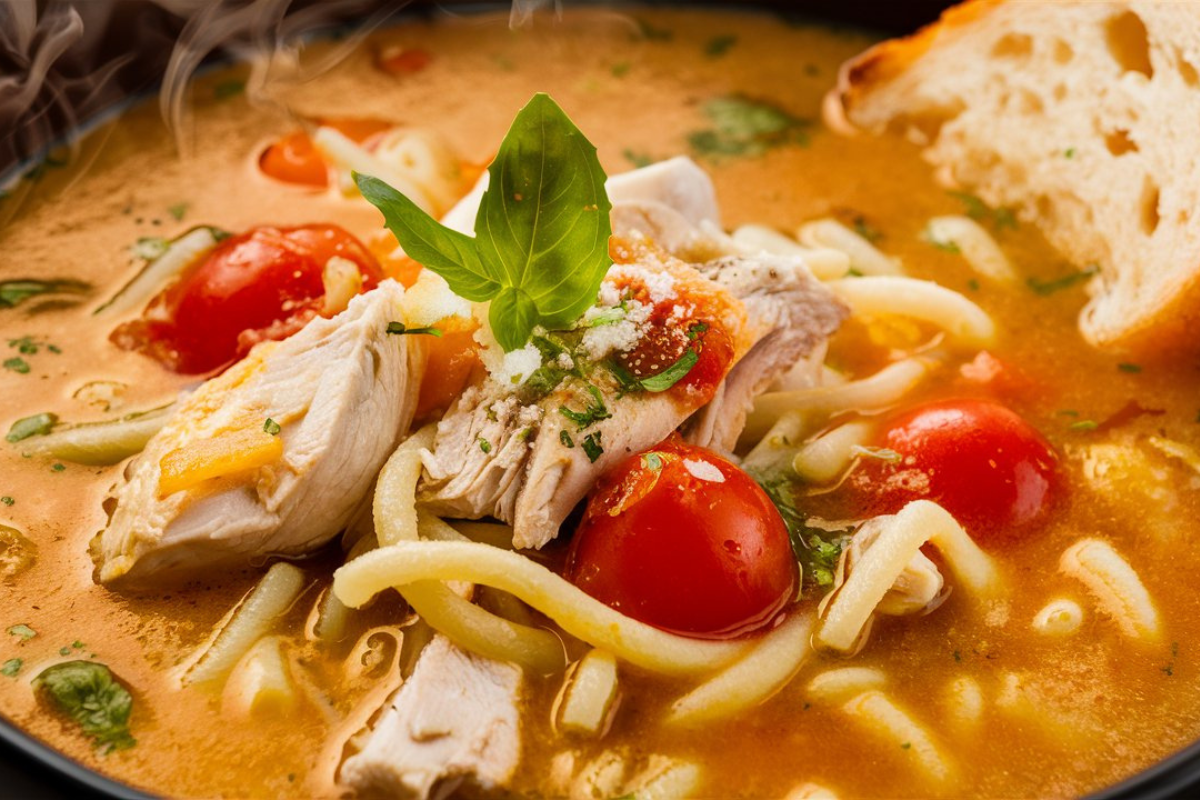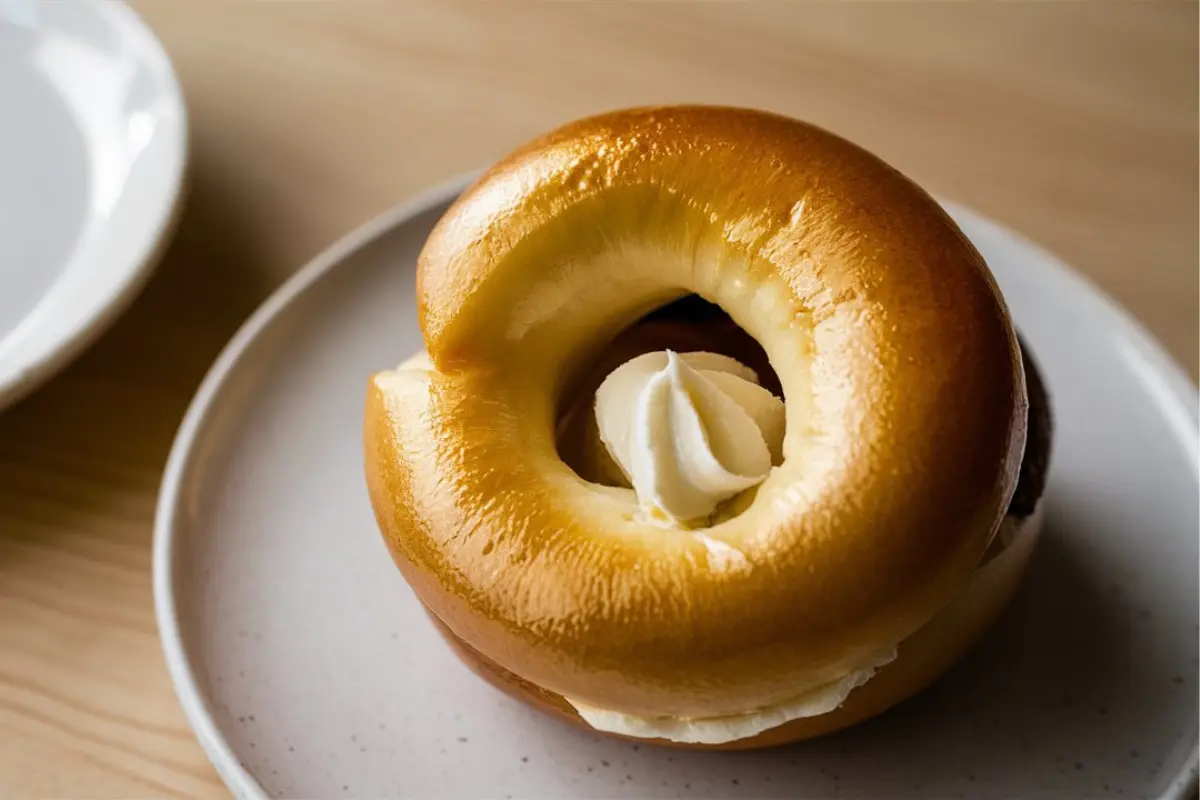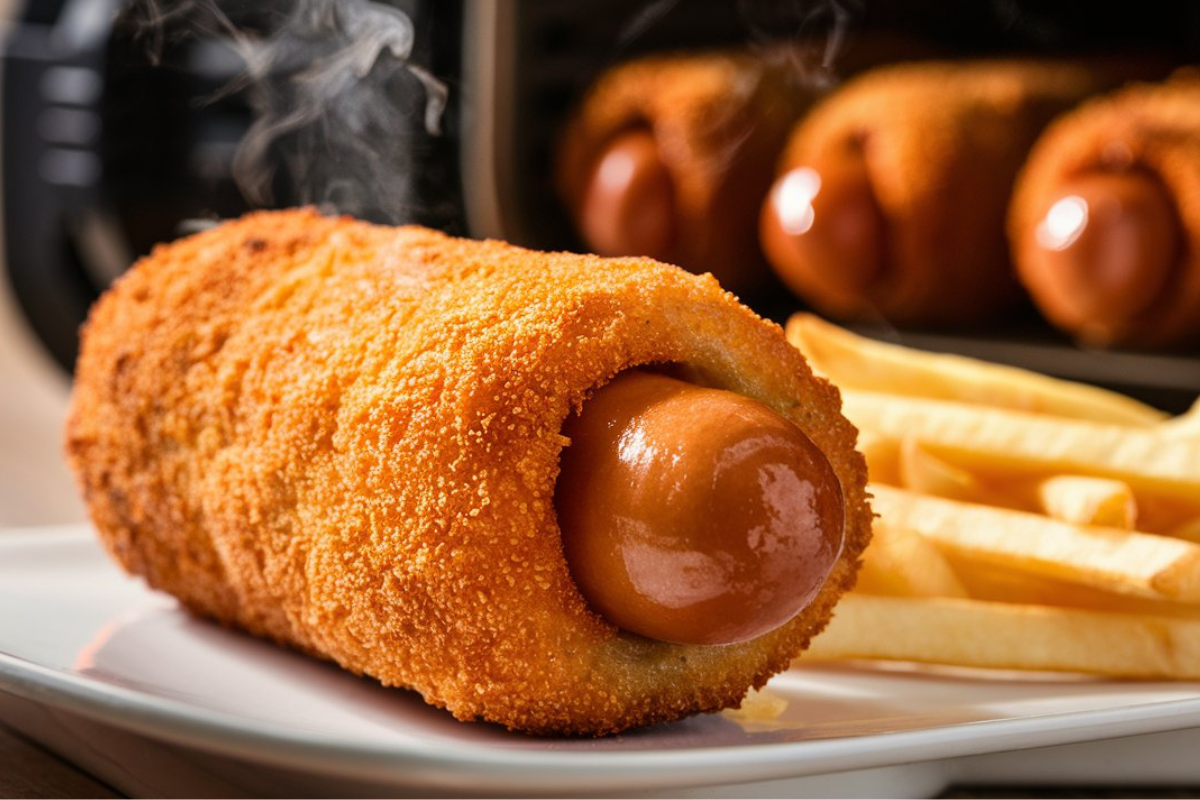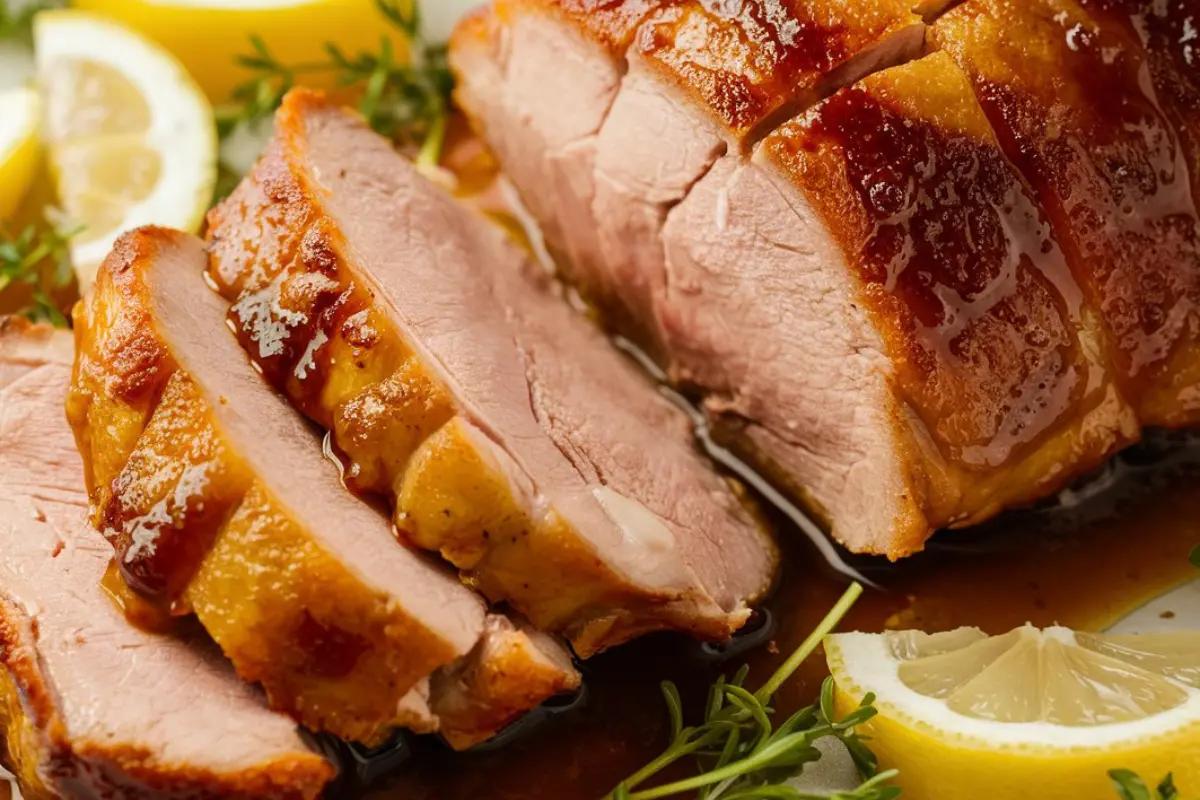Mastering the Crisco Biscuit Recipe: A Guide to Perfect Biscuits — Baking the perfect biscuit with the Crisco biscuit recipe might seem simple. Yet, it requires a blend of precision and creativity. This guide will explore how to use Crisco to create biscuits that are not only fluffy and delicious but also comforting and homely. Whether you’re a novice baker or a seasoned pro, these insights and tips will help you master the Crisco biscuit recipe. It’s a beloved staple in kitchens across the globe, perfecting the Crisco biscuit recipe ensures delightful results every time.
Introduction to Crisco Biscuit Recipes
Essential Ingredients for Crisco Biscuits
When baking biscuits that are tender inside and golden outside, ingredient choice is crucial. We’ll explore each component of the classic Crisco biscuit recipe. We’ll discuss their roles and how they interact to create the beloved texture.
Crisco
The star of the show, Crisco, is what gives these biscuits their incredible flakiness. Unlike butter, Crisco has a higher melting point, which means it doesn’t integrate into the flour as quickly. This allows for small pockets of fat to remain within the dough, which, upon baking, steam up to create those irresistible layers.
Flour
Choosing the right type of flour is crucial. For tender biscuits, soft wheat flour is ideal due to its lower protein content, which makes for a softer texture. However, all-purpose flour can also be used for a more robust biscuit, perfect for hearty meals.
Leavening Agents
Now, for the lift! Baking powder is the typical choice for Crisco biscuits because it provides the necessary rise without the need for additional acids, as it already contains a balance of both sodium bicarbonate and cream of tartar.
Liquids
Lastly, the liquid—typically milk or buttermilk—activates the baking powder and adds moisture. Buttermilk, with its slight acidity, not only helps with the rise but also imparts a subtle tanginess that balances the richness of the Crisco.
With these ingredients, the biscuit dough forms a versatile base ready for numerous variations. This ensures that each batch can be as unique as the baker.
Ingredient Breakdown
Classic Crisco Biscuit Recipe
Once you’ve gathered your essential ingredients, the magic begins. The process of crafting the perfect Crisco biscuit involves precision and a few key techniques to ensure your biscuits are the talk of the table. Here’s a detailed, step-by-step guide to making classic Crisco biscuits, along with some tips to get them just right.
Mixing the Ingredients
Begin by combining your dry ingredients—flour, baking powder, and a pinch of salt—in a large bowl. Using a pastry cutter or your fingertips, work the Crisco into the flour mixture until it resembles coarse crumbs. This technique ensures that the Crisco is evenly distributed without warming up too much, which is crucial for achieving flaky biscuits.
Adding the Liquids
Slowly pour in the chilled milk or buttermilk, stirring gently with a fork until the mixture begins to come together. The key here is not to overmix; a light touch will help prevent the dough from becoming tough. The dough should be sticky but manageable—add a little more flour if it’s too wet or a splash more milk if it’s too dry.
Shaping the Biscuits
Turn the dough out onto a lightly floured surface and pat it into a rough rectangle, about 1/2 inch thick. Fold it over itself a few times—this folding technique helps create those beautiful layers. After folding, pat it down into a rectangle again and use a biscuit cutter or a glass to cut out your biscuits. Avoid twisting the cutter; a straight up-and-down motion ensures the biscuits can rise evenly.
Baking to Perfection
Place the biscuits on a baking sheet lined with parchment paper, ensuring they touch each other; this helps them rise higher. Bake in a preheated oven at 450°F (230°C) for about 10 to 12 minutes or until they are golden brown on top.
The Final Touch
As soon as the biscuits come out of the oven, brush the tops with melted butter. This not only adds flavor but also gives them a beautiful, shiny finish.
Following these steps will help you achieve biscuits that are light, fluffy, and richly flavored, perfect for any meal of the day. Whether you’re serving them with gravy, butter, honey, or your favorite preserves, these Crisco biscuits will certainly not disappoint.
Variations of Crisco Biscuit Recipes
As versatile as they are delicious, Crisco biscuits can be adapted in countless ways to suit any palate or occasion. Here we explore a few popular variations that can add a twist to your traditional biscuit recipe, ensuring there’s always something new to try in your kitchen.
Sugar-Free Biscuits
For those managing sugar intake, adapting the Crisco biscuit recipe to omit sugar is straightforward. This change does not compromise texture or taste. Simply follow the basic recipe, omit sugar, and add a pinch more salt or herbs for a savory twist that pairs well with meals.
This sugar-free adaptation illustrates how the recipe can be modified to meet various dietary needs while retaining the delightful qualities of traditional Crisco biscuits. Experimenting with the recipe allows you to cater to health preferences and enjoy the rich, comforting flavor of freshly baked biscuits.
Vegan Biscuit Alternatives
Creating vegan biscuits with Crisco is straightforward since Crisco is plant-based. Substitute the milk or buttermilk with your favorite plant milk—almond, soy, or oat milk work particularly well. Also, ensure your baking powder is aluminum-free to keep the recipe entirely vegan-friendly.
Gluten-Free Options
For those on a gluten-free diet, adapting the Crisco biscuit recipe by replacing all-purpose flour with a gluten-free blend is a practical solution. Choose a blend that includes xanthan gum, which mimics the binding properties of gluten. It’s crucial to handle the biscuit dough as little as possible to keep your Crisco biscuits light and airy.
These adjustments cater to various dietary needs and preferences while highlighting the versatility of the Crisco biscuit recipe. Experimenting with these modifications allows you to express your creativity in the kitchen. This ensures that everyone can enjoy the warm, comforting appeal of freshly baked Crisco biscuits. By engaging creatively with this classic recipe, it remains a beloved staple in kitchens everywhere.
Troubleshooting Your Biscuit Baking
Even the most seasoned bakers can encounter hiccups while making biscuits. Understanding common pitfalls and knowing how to fix them can elevate your biscuit game significantly. Here’s how to tackle some frequent issues and ensure your Crisco biscuits turn out perfectly every time.
Dealing with Tough Biscuits
If your biscuits are consistently turning out too hard or tough, the likely culprit is overmixing. When you mix the dough too much, gluten develops excessively, leading to a denser texture. The key is to blend the ingredients just until they are incorporated. Also, be sure to use a gentle hand when folding and shaping the dough.
Biscuits Not Rising
Several factors could prevent your biscuits from rising: old baking powder, incorrect oven temperature, or even the way you cut them out. First, ensure your baking powder is fresh, as it loses potency over time. Secondly, use an oven thermometer to verify your oven’s temperature. Lastly, make sure to press your biscuit cutter straight down into the dough and lift it straight up without twisting; twisting seals the edges and hinders rising.
Achieving the Perfect Golden Top
If your biscuits bake through but lack that appealing golden-brown top, consider your oven’s heat source and how you’re placing your baking sheet. For a darker top, place the baking sheet on a higher rack or briefly turn on the broiler at the end of baking—watch them closely to avoid burning. Additionally, brushing the tops with milk or butter before baking can help achieve a more golden color.
Dough Consistency Issues
The consistency of your biscuit dough can greatly affect the outcome. If the dough is too dry, it might not come together well, leading to crumbly biscuits. If it’s too wet, the biscuits can spread too much and not rise properly. Adjust by adding a little more flour if the dough is too sticky, or a bit more liquid if it seems too dry.
By addressing these common issues, you can ensure your Crisco biscuits are always light, fluffy, and irresistibly delicious. Remember, practice makes perfect, and each batch is an opportunity to perfect your technique!
Serving and Storing Crisco Biscuits
Once you’ve mastered the art of baking the perfect Crisco biscuit, the next steps are serving them at their best and ensuring they remain delicious even after storage. Here’s how to maximize the enjoyment of your freshly baked biscuits.
Best Practices for Serving
To serve Crisco biscuits at their peak, it’s best to offer them warm. Immediately after they come out of the oven, brush them with a bit of melted butter for added flavor and a soft, inviting texture. Biscuits are versatile and can be paired with a variety of toppings such as honey, jam, or gravy, depending on the meal and your preferences.
Storage Tips for Freshness
If you have leftover biscuits, storing them properly is key to maintaining their freshness. Allow the biscuits to cool completely on a wire rack before storing to prevent condensation from making them soggy. Place them in an airtight container and keep them at room temperature for up to two days, or refrigerate for up to a week.
For longer storage, Crisco biscuits can be frozen. Wrap each biscuit individually in plastic wrap and then place them in a freezer-safe bag. They may be kept in the freezer for a maximum of three months.To reheat, simply thaw them at room temperature and then warm them in the oven at 350°F (175°C) until heated through.
By following these tips for serving and storing, you can ensure that every biscuit is as satisfying as if it were fresh out of the oven. Whether enjoying them as a savory side with dinner or as a sweet treat with coffee, Crisco biscuits are a delightful addition to any meal.
Expert Baking Tips for Perfect Biscuits
Mastering Crisco biscuits is all about the details. Here are some expert tips and advanced techniques that can help elevate your biscuits from good to great, ensuring they come out perfectly every time you bake.
Layering the Dough
One secret to achieving bakery-quality, flaky biscuits is the technique of layering the dough. After rolling out your dough, fold it over several times before the final roll-out. This process creates multiple layers of dough and Crisco, which steam up during baking to produce those classic, airy layers that make biscuits so delightful.
Keeping Ingredients Cold
The temperature of your ingredients can make a big difference. Keep your Crisco and liquid ingredients as cold as possible. This prevents the fat from melting before the biscuits go into the oven, which is crucial for achieving the ultimate flaky texture. Some bakers even go so far as to freeze their Crisco before incorporating it into the dough.
Proper Baking Techniques
Positioning your biscuits correctly on the baking sheet can affect how they bake. Biscuits will rise higher and maintain a better shape if they are placed close together on the baking sheet, as they will support each other while rising. If you prefer crispier edges, space them out more.
The Importance of Accurate Measuring
Baking is a science, and accuracy matters. Use the spoon and level method for measuring flour—spoon the flour into the measuring cup and level it off with the back of a knife. This prevents the flour from becoming overly compacted, which can lead to dry, dense biscuits.
Timing and Temperature
Oven temperatures can vary, so it’s a good idea to use an oven thermometer to ensure your oven is properly calibrated. Biscuits usually bake quickly, so they need a high temperature to rise properly before the crust forms. Baking at 450°F (230°C) is typically ideal, but adjust according to your oven’s idiosyncrasies.
By integrating these expert tips into your biscuit-making process, you’ll not only improve the quality of your biscuits but also enjoy the baking process more. Each batch of Crisco biscuits offers an opportunity to refine your skills and impress friends and family with your baking prowess.
Advanced Tips and Techniques
To elevate your Crisco biscuit baking skills beyond the basics, consider these advanced tips and techniques for exceptional results. With practice and attention to detail, you can create biscuits that are delicious and showcase your culinary prowess.
Precision in Ingredient Temperature
One of the lesser-known but crucial tips for making perfect biscuits is the precise management of ingredient temperatures. Ensure your Crisco and buttermilk are very cold before use. Some bakers even recommend chilling your mixing bowl and utensils beforehand. This keeps the fat solid longer during the mixing process, which enhances the flakiness of the biscuits.
Use of a Dough Scraper
A dough scraper can be invaluable when handling biscuit dough. It helps to gently fold and shape the dough without warming it too much with your hands. This tool also makes it easier to lift and move the dough, ensuring it remains light and tender.
Experimenting with Flour Types
While all-purpose flour works well, experimenting with different types of flour can alter the texture and flavor of your biscuits. Try incorporating a portion of cake flour for a finer crumb or whole wheat flour for a nuttier, more robust flavor.
Advanced Rolling and Folding Techniques
Similar to making puff pastry, consider using a rolling and folding technique called lamination. Roll out your dough into a rectangle, then fold it into thirds. Turn it 90 degrees, roll it out again, and fold it again. Repeat this process several times. This creates multiple thin layers of fat and dough, which will puff up in the oven, resulting in incredibly flaky biscuits.
Adjusting Baking Conditions
Play with the placement of your baking sheet in the oven. Biscuits placed in the upper third of the oven will brown more on the top, while those in the lower third will have crispier bottoms. Also, experimenting with baking on a preheated pizza stone or cast iron skillet can enhance the bottom crust’s texture.
Mastering the Art of Flavor Infusions
Don’t hesitate to infuse your biscuits with various flavors. Adding fresh or dried herbs, grated cheese, or finely chopped nuts into the dough can elevate your biscuits from simple to spectacular. Additionally, brushing the tops with garlic butter or a sprinkle of coarse sea salt before baking can add a delicious finishing touch.
By mastering these advanced tips and techniques, your Crisco biscuits will not only be a treat to eat but also a testament to your skills in the kitchen. The art of biscuit making offers endless possibilities for creativity and flavor, making it a delightful endeavor for any baker.
Frequently Asked Questions about Crisco Biscuit Recipes
When tackling the art of making Crisco biscuits, both beginners and seasoned bakers often encounter various questions. Here, we address these queries comprehensively to help you achieve the perfect biscuit every time.
Why are my Crisco biscuits coming out flat?
If your Crisco biscuits are consistently flat, several issues might be at play, such as expired leavening agents, overworked dough, or too much liquid. Ensure your baking powder is fresh, handle the dough minimally, and measure your liquids accurately.
Preparing Crisco biscuit dough in advance
Can you make Crisco biscuit dough ahead of time? Absolutely. Prepare and cut the dough, then refrigerate it on a baking sheet covered with plastic wrap. It can be preserved like this for up to 24 hours. For longer storage, freeze the cut biscuits and bake them directly from the freezer, adding a few extra minutes to the baking time.
Best methods for reheating Crisco biscuits
To reheat Crisco biscuits effectively, wrap them in foil and place them in a preheated oven at 350°F (175°C) for about 10 minutes, or until they are thoroughly warmed. Microwaving is discouraged as it tends to make the biscuits soggy.
Ensuring even rise in Crisco biscuits
To guarantee an even rise in your Crisco biscuits, ensure the baking powder is well integrated by sifting it with the other dry ingredients before adding the Crisco and liquids. Also, press the biscuit cutter straight down without twisting to prevent the edges from sealing.
Choosing between butter and Crisco for flakier biscuits
What’s better for making flakier biscuits—butter or Crisco? For the flakiest biscuits, Crisco is typically recommended over butter. Its higher fat content and melting point create distinct layers in the dough, which puff up during baking to produce lighter, airier biscuits.
Using self-rising flour in Crisco biscuit recipes
Is it possible to use self-rising flour instead of all-purpose flour in your Crisco biscuit recipes? Yes, self-rising flour already contains the appropriate mix of flour, baking powder, and salt, making it a convenient option. Just be sure to skip any additional leavening agents and salt that the recipe might call for.




